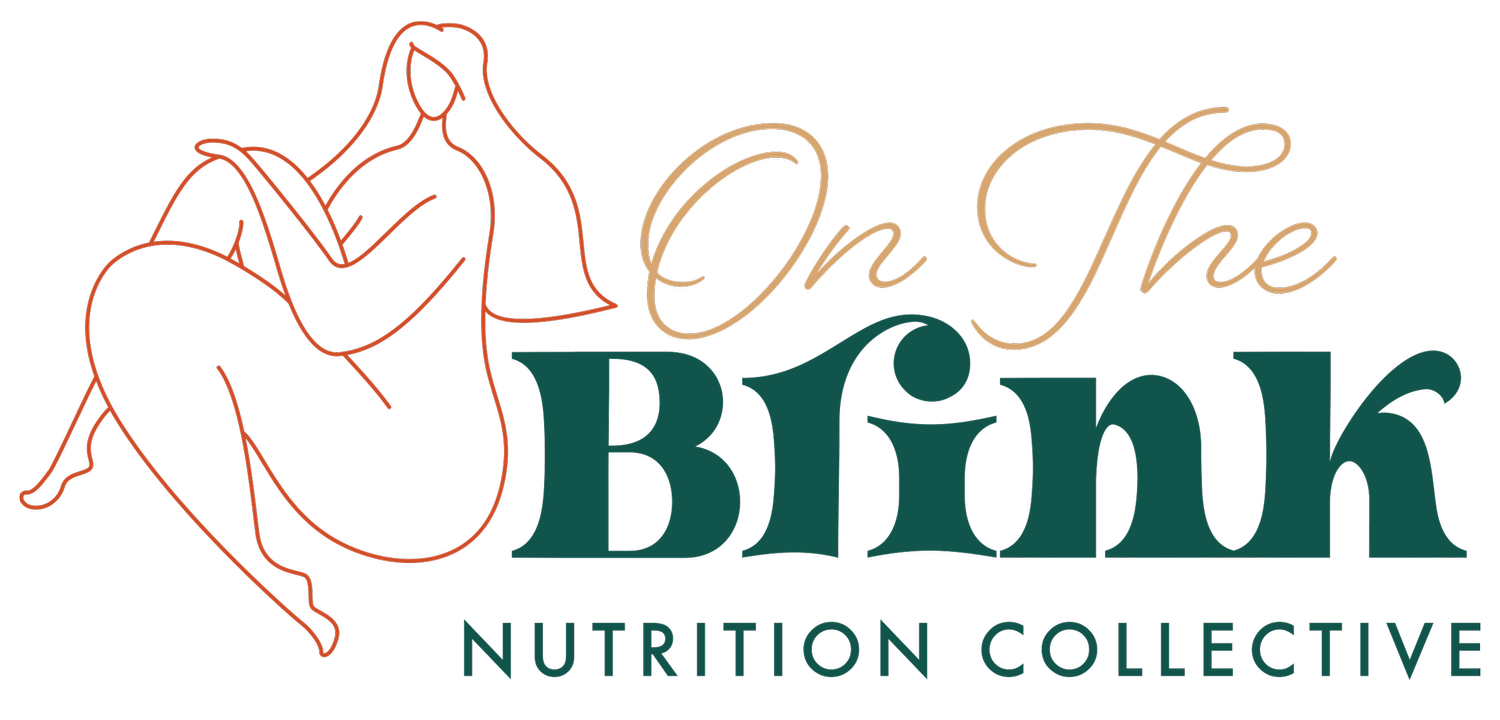Self Compassion: An Overview
An overview of self-compassion with real-life examples that address diet culture and moving away from dieting and rigid food rules.
4 Questions To Ask When Reaching For Snack Food.
When your reach for snack food is an invitation for self-discovery
June: An Ode To The Senses, An Invitation For Embracing What Is
A resource for caring for body discomfort.
Why Do I Eat So Fast?
Sometimes eating behaviors are so deeply automated that a person might never get from wanting-to-change to trying-to-change. This is why understanding safety and threat through the nervous system can be so deeply supportive. Helping people get the understanding can help reduce how disorganized they feel. So, even outside of the session, they are a lot better able to recognize what is going on, to name it, and to do something about it.
How Do I Know If I Can Eat A Cookie?
For anyone who started the behavior of dieting from an early age, it may feel natural (and necessary) to restrict certain foods. One of the most challenging parts of moving away from dieting is the feeling that you are being asked to navigate meal times without a safety net. This post is for you if you are looking for practices to help you find a way to re-learn how to include cookies (or other “fear” foods) back into your eating pattern.
The Two Paths Of Comparison (Formerly Called: A Path To A Better Mother's Day)
We are women making our way in this world that conditions us to find safety in winning, material possessions, a buzz from that next bottle of wine, following specific diet rules, and having a body that looks a certain way.
Comparison is an inherently human experience. You have a say in where comparison leads you. Your preference matters. There is freedom and connection for you.
Finding Our Way Back To Safety With Food
Learn actionable steps to answer the question: How do I find my way back to the ventral vagal state and stay there? Being able to regulate to safety is helpful in the practice of moving away from dieting and into an attuned, connected, organized eating style (aka “intuitive eating”) is that when we are in a ventral vagal state of regulation we are more likely to have an optimistic, engaged, big-picture-way of thinking about and being with food.
Glimmers And Triggers: The Things That "Move" Us
Knowing your triggers, cues of danger, that activate a defense response AND glimmers, cues of safety, that lead to connection and calm may be the missing piece of healing your relationship with food.
Story Follows State: The Role Our Nervous System Plays In Our Relationship With Food
How does our nervous system state narrate the story of who we are with food? The Polyvagal Theory is another resource for bringing consciousness to otherwise unconscious behaviors.
When Intention Does Not Bring About Action: Dinnertime Disruptors
One of the biggest disruptors to creating a weekly meal plan and following through is not lack of nutrition knowledge or a deficit in cooking skills. It may be something much bigger.




















